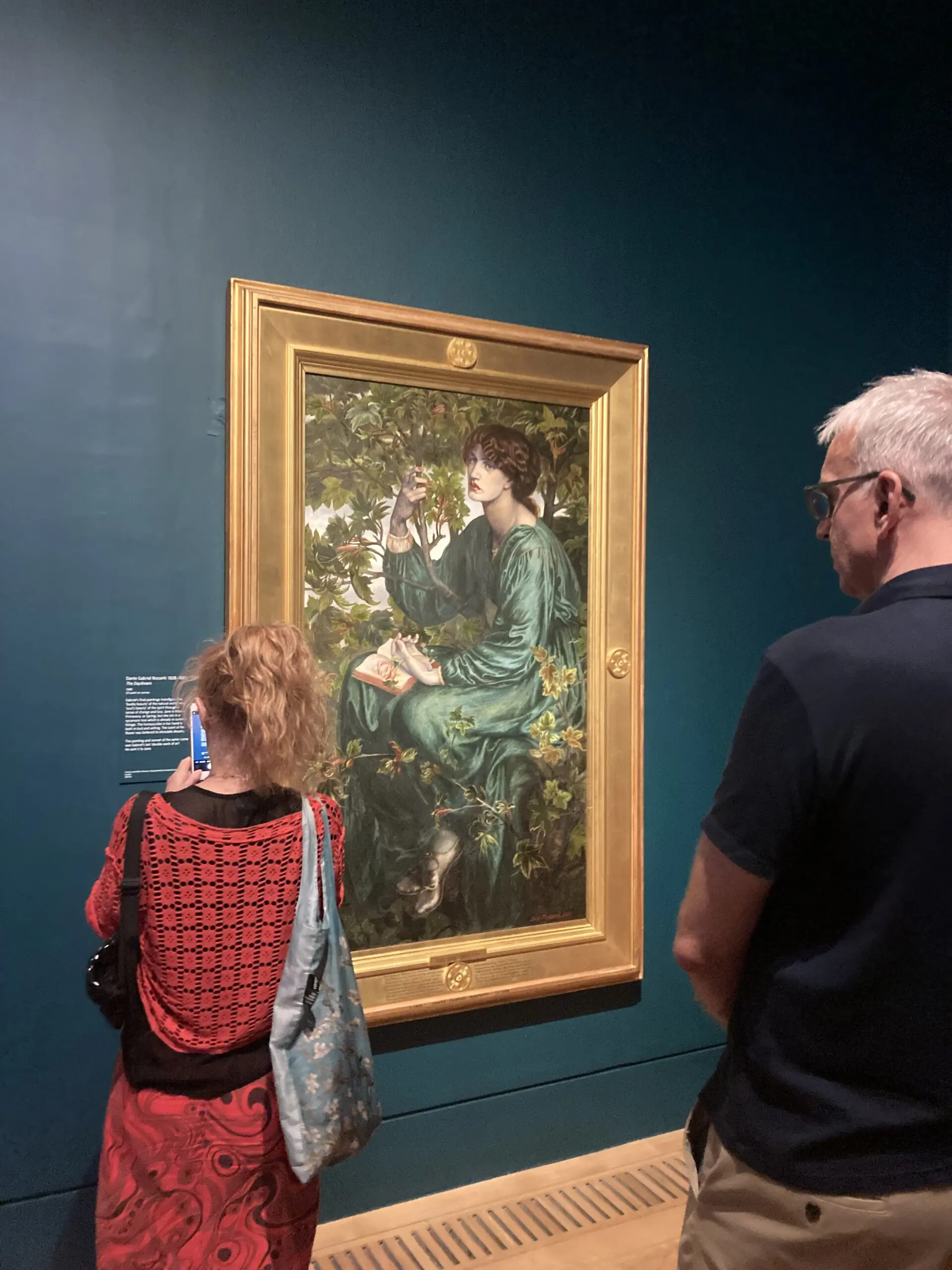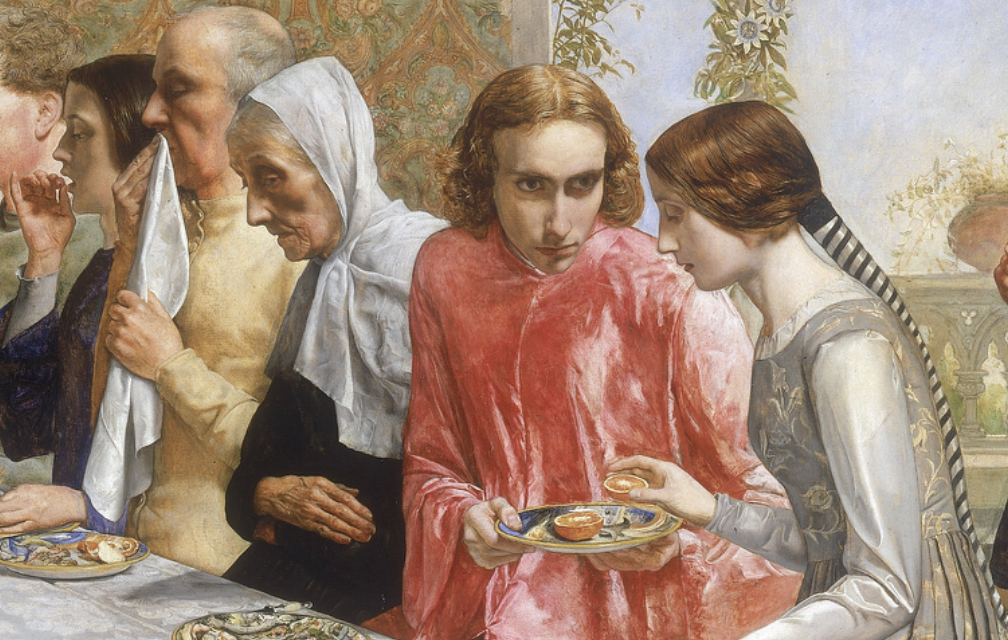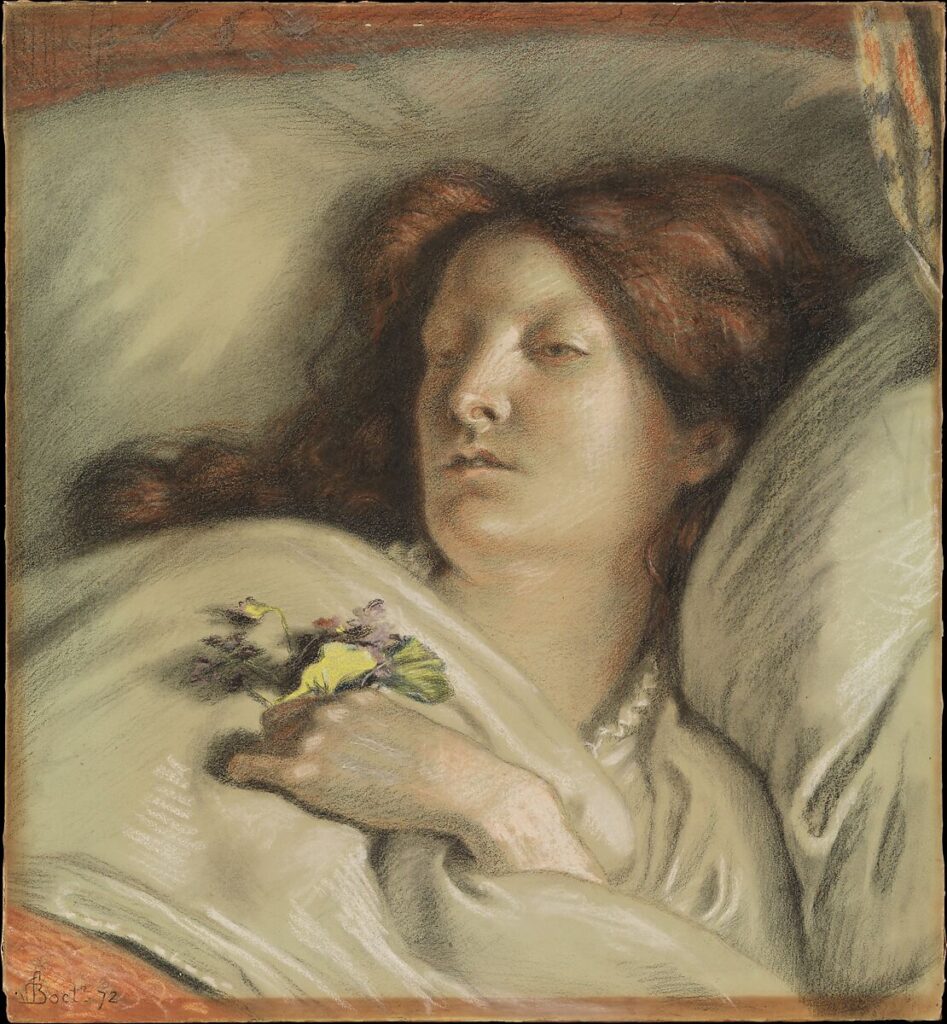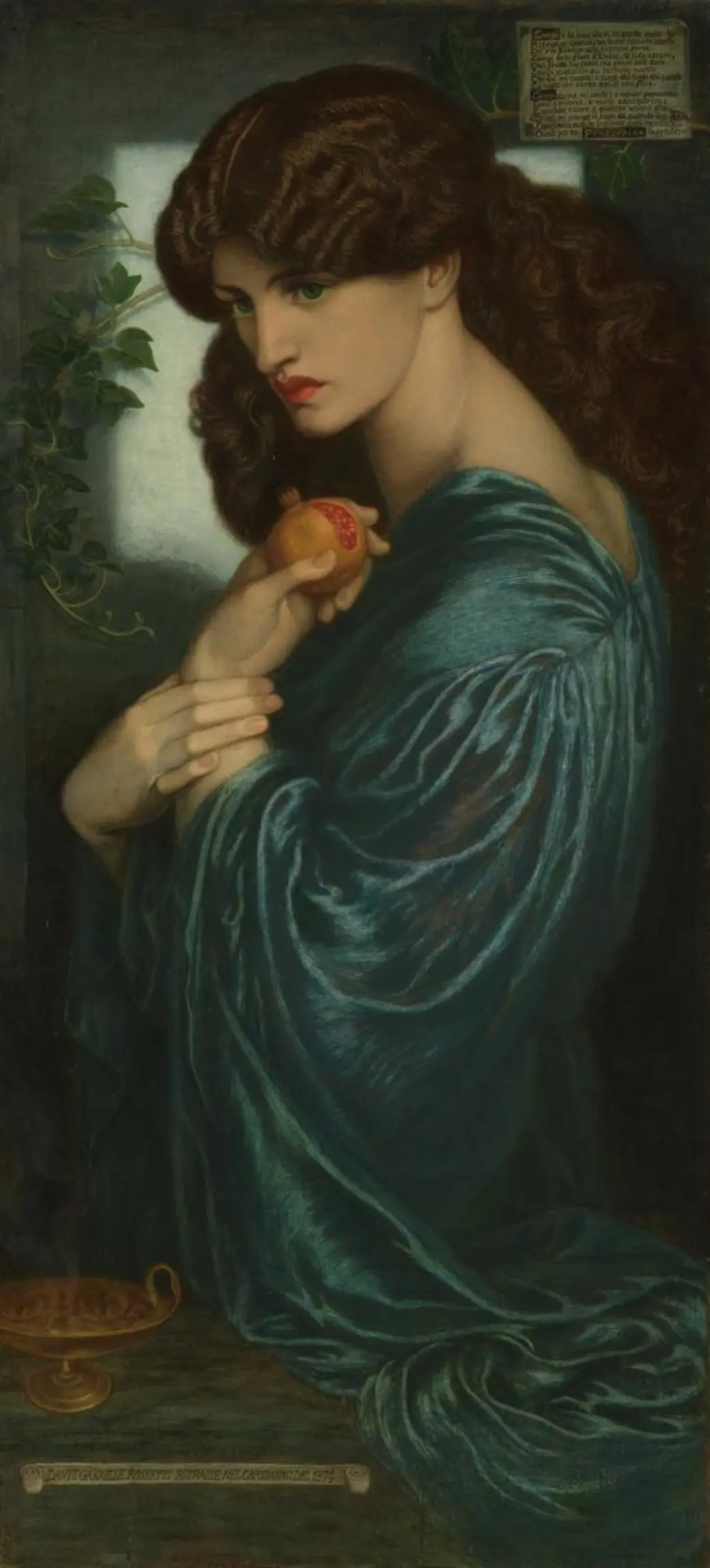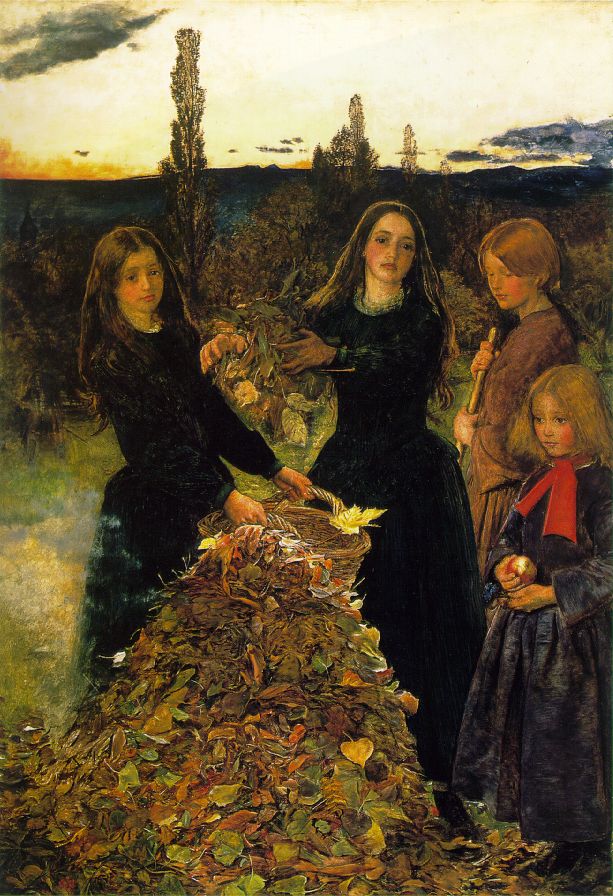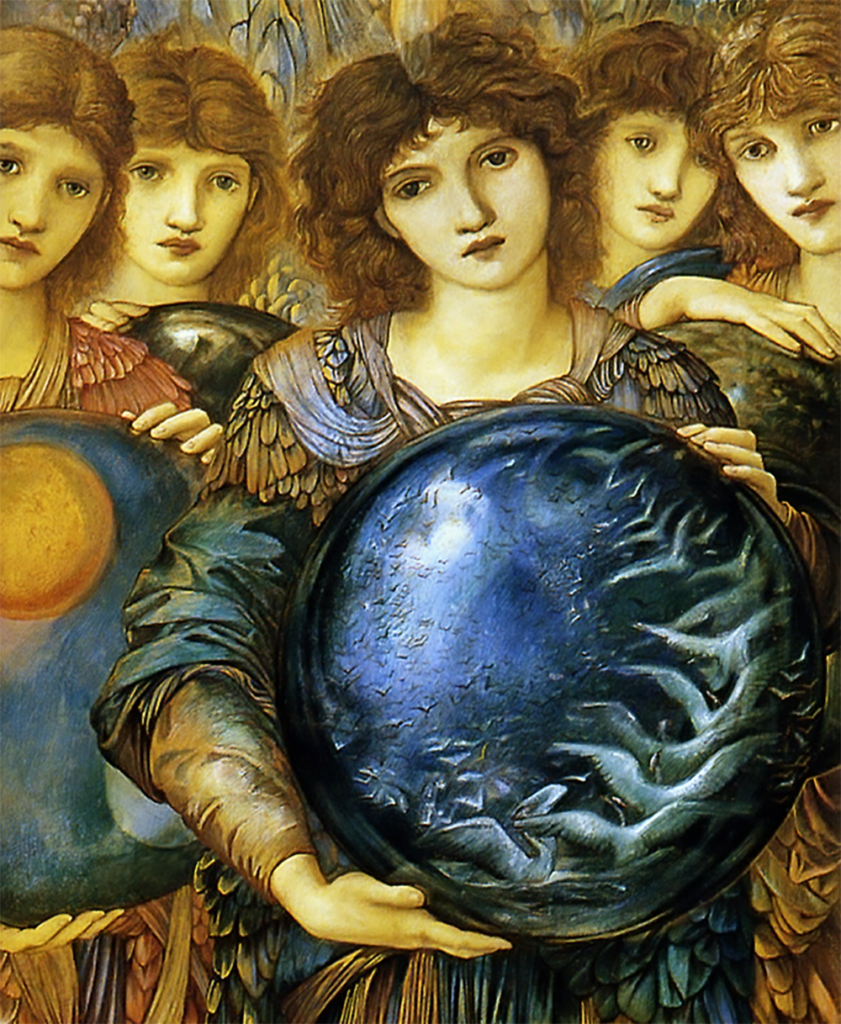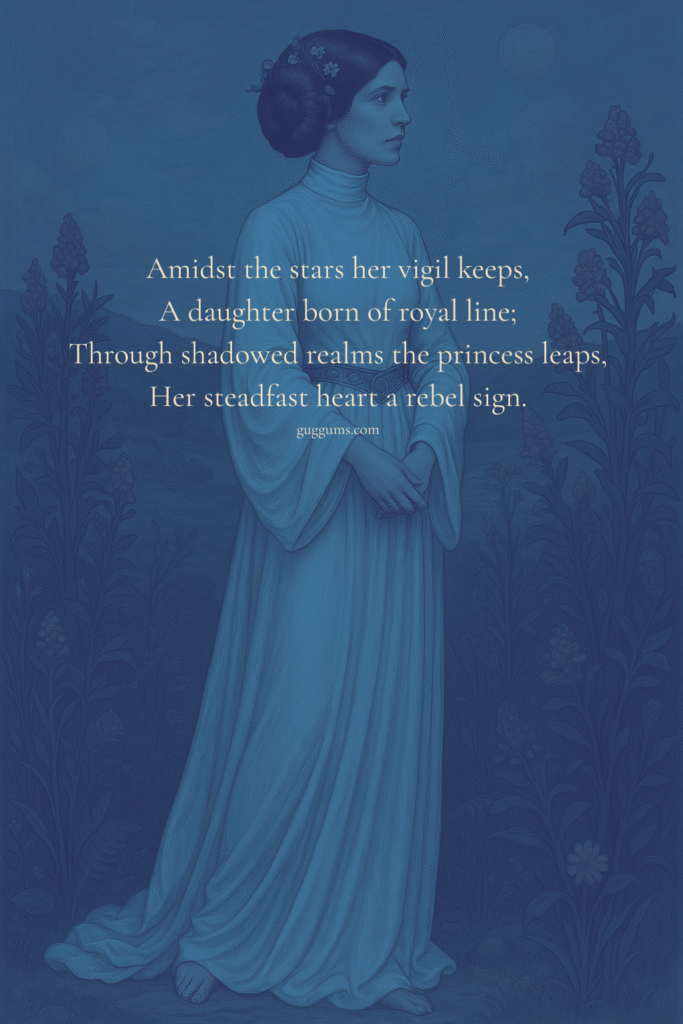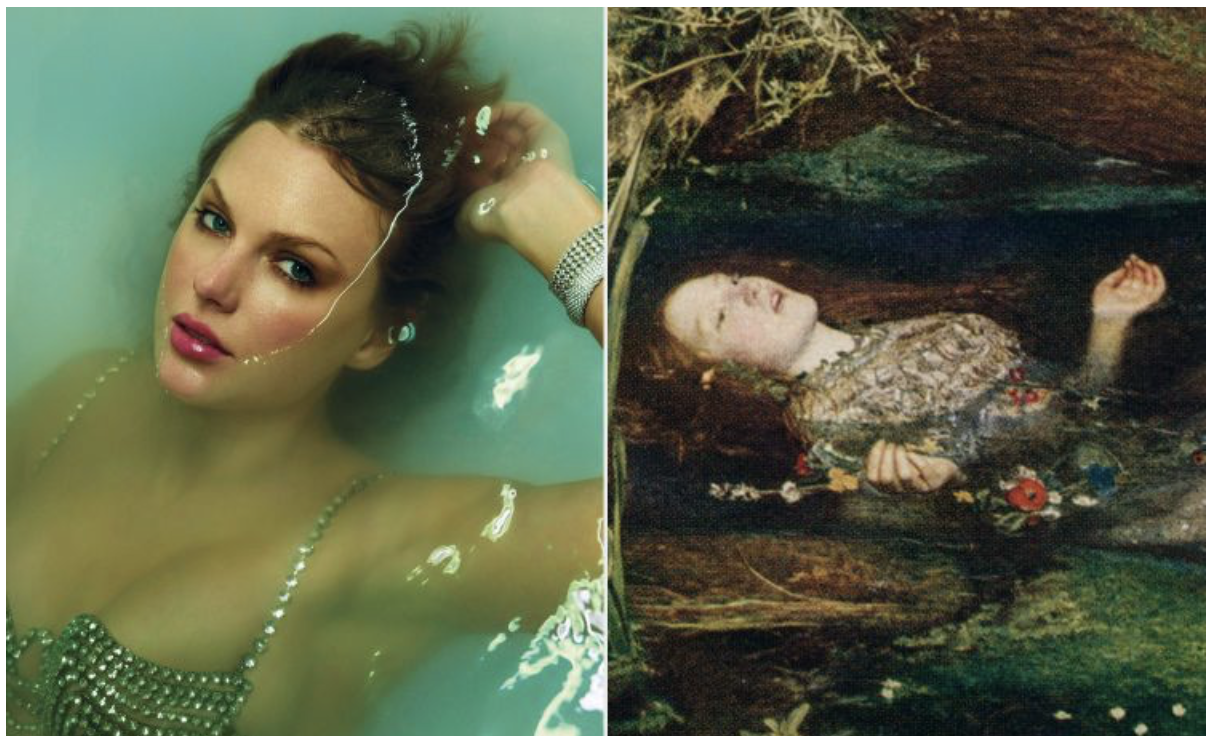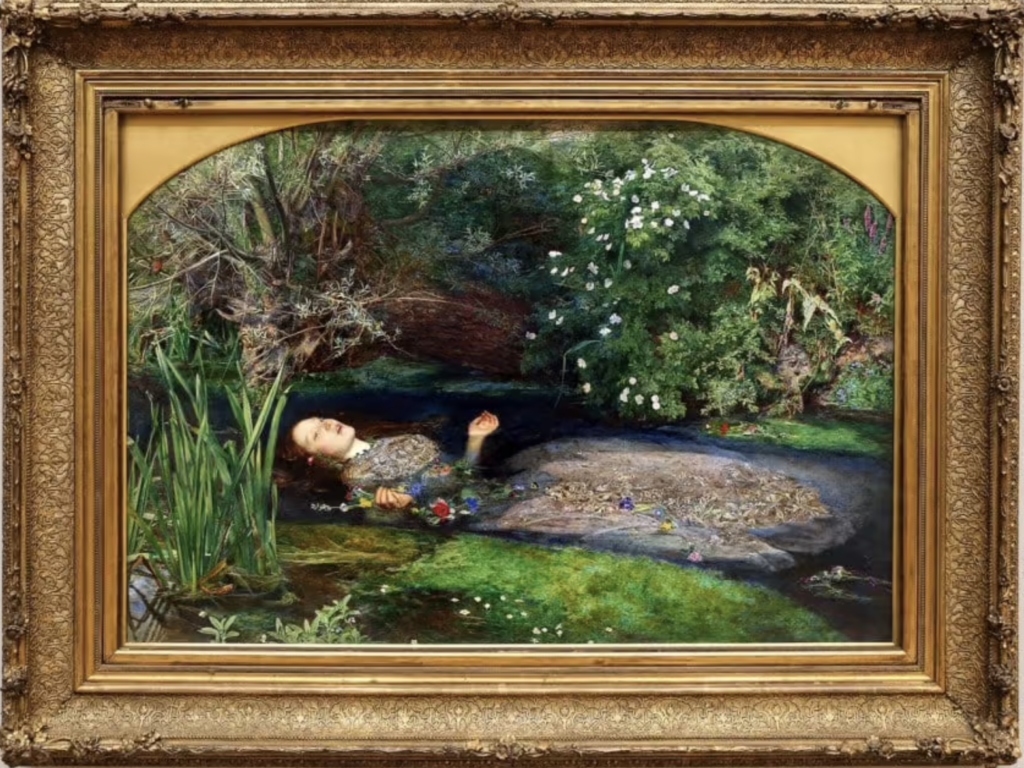Art appreciation can feel intimidating from the outside, full of dates and movements and names you’re worried you’ll pronounce wrong.
But it’s not an exclusive club. It’s a conversation. And it is absolutely open to anyone who is curious.
This is a gentle guide for people who want to begin with a sense of welcome. A soft invitation into a world that has shaped cultures, sparked revolutions, and whispered truths across centuries.
Begin With What Moves You
Start with the pieces that make you stop for a moment, noticing a feeling or a thought you didn’t expect.
Maybe it’s:
- a single painting you can’t stop looking at (or thinking about.)
- a color that feels like home
- a story behind a portrait
- a sculpture that makes you wonder
- or even a meme that made you laugh and realize, “Wait, this is art?”
Open with your own spark.
Let curiosity lead you.
The best journeys always begin that way.
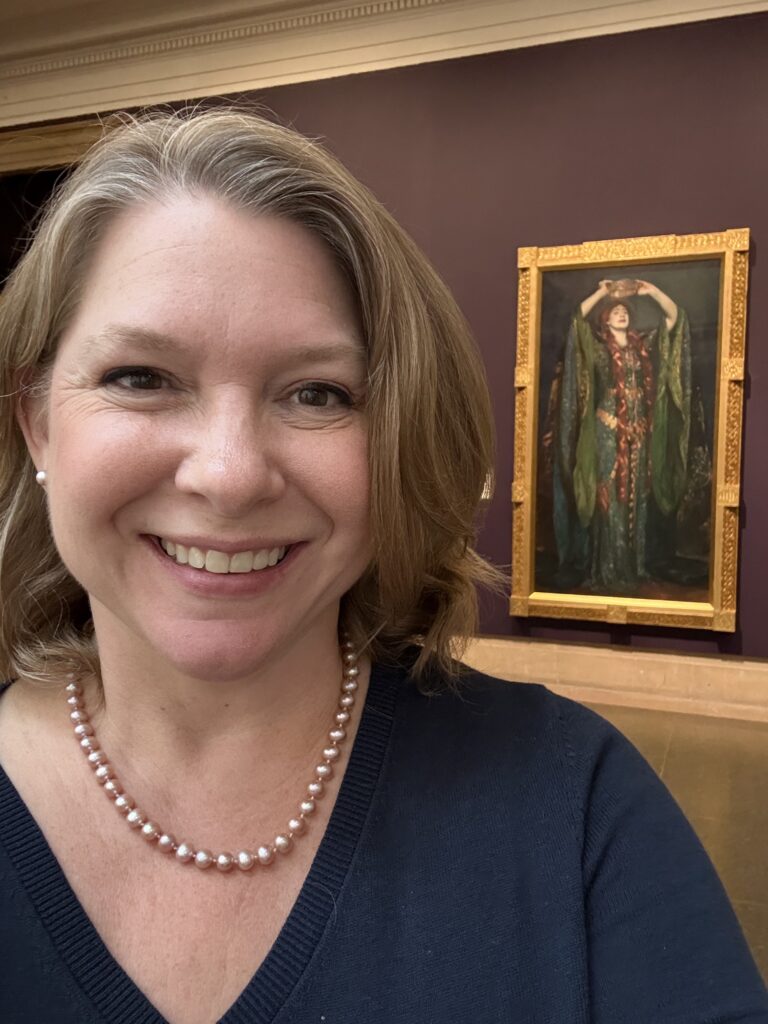
There Are Many Ways to Look at Art
Some people approach art analytically, studying technique and composition. Others are drawn to symbolism and story. Many simply stand before a painting and feel a spark of recognition or stillness. Seeing art in person can be transformative, but not everyone can travel to museums, and that’s okay. Art meets us wherever we are: in books, on screens, in community spaces, or in the sudden moment an image lingers with us long after.
All of these experiences are valid. You might decode a picture like a puzzle, or let it wash over you. Some works ask for analysis; others simply sit beside you, quiet and companionable.
Art is not a test.
It’s an experience.
Stories Are the Easiest Way In
Every piece of art was made by a person living through something, whether it was joy, grief, desire, fear, or simply boredom, their experience informed their work.
Learning their stories opens a door for you, inviting you to take part of the dance between artist and viewer.
Ask:
- Who made this?
- What was happening in their life?
- What did they hope people would see?
- What were they afraid people would see?
- Who were they painting for?
You don’t need to memorize biographies.
Just follow the thread of humanity.
It’s there. It’s always there.
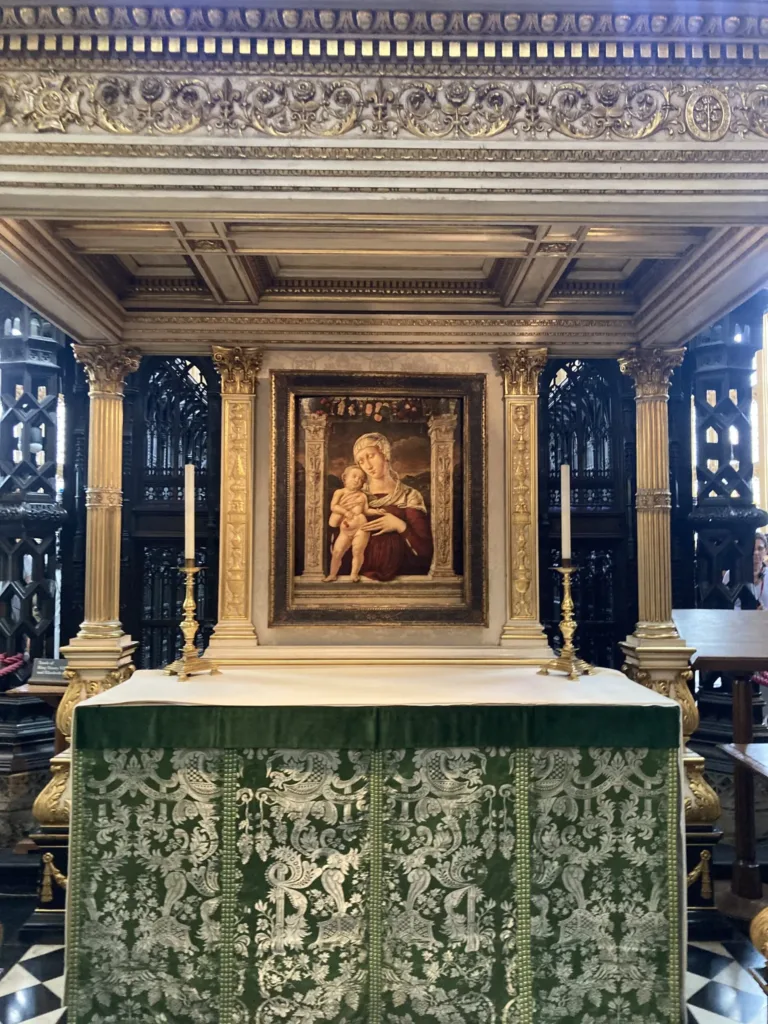
Details Speak Volumes
When you look at a painting, try noticing just one small thing:
- the way light hits a shoulder
- the choice of a flower
- a gesture of the hand
- shadows that don’t quite match
- clothing that tells a story
These details are like whispers from the artist across time. Once you start noticing them, art becomes infinitely richer.
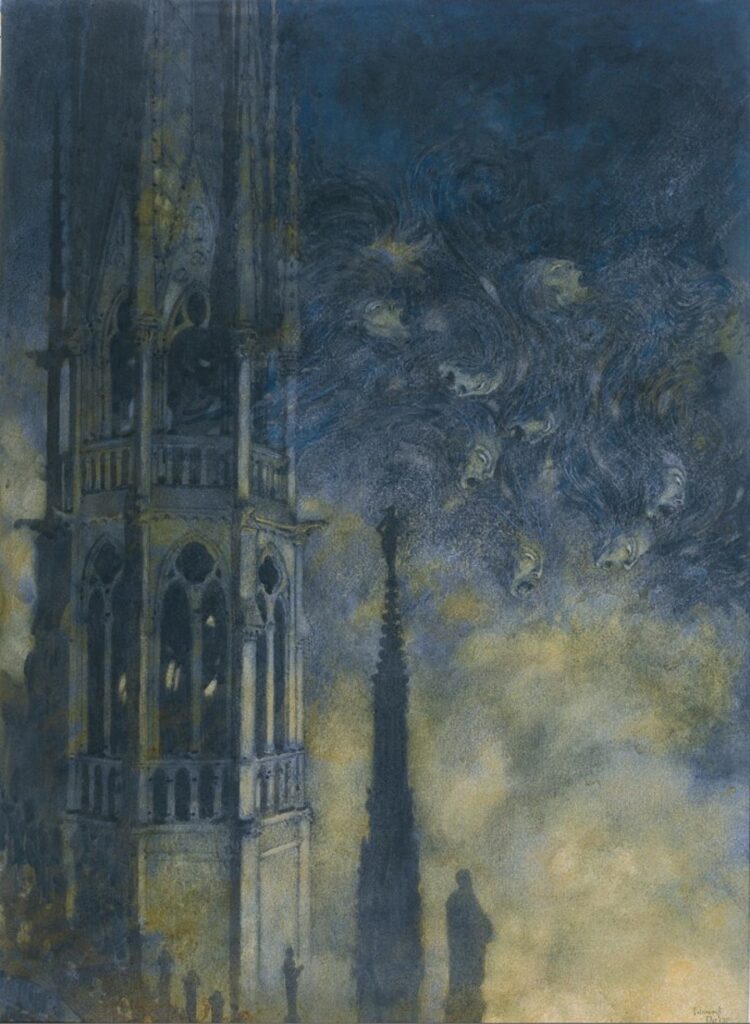
Let Your Emotions Be Part of the Process
Appreciating art is not only about intellect, it’s about feeling.
Ask yourself:
- What emotion rises first?
- Do the colors comfort or unsettle me?
- What story do I see here?
You’re allowed to bring your whole, complicated human self into the experience. In fact, you must.
Explore Slowly; No Need For a Syllabus
One painting will lead you to another. One artist will introduce you to their circle. One movement will spark curiosity about what came before or after.
Follow:
- threads
- fascinations
- moods
- themes
- moments of “Wait, who is that?”
Experience work not through rigid order, but through curiosity.
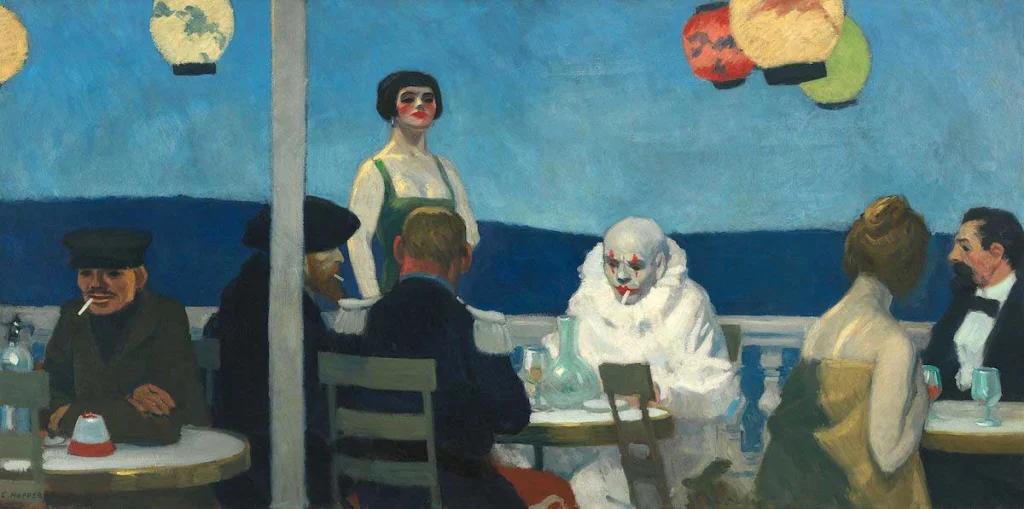
Start With Artists Who Make You Feel Something
If you need ideas, these are beautiful entry points for beginners:
- The Pre-Raphaelites (emotion, symbolism, color)
- Mary Cassatt (intimacy, motherhood, tenderness)
- Vincent van Gogh (emotion through color)
- Artemisia Gentileschi (power, resilience)
- Claude Monet (light, softness, atmosphere)
- Frida Kahlo (identity and honesty)
They are welcoming artists, generous artists, who reward even the briefest attention.
Art History Belongs to You Too
One of the greatest myths is that art history is reserved for experts. The truth is that art has always been meant for all people. It was created to be seen, felt, interpreted, misinterpreted, loved, questioned, treasured.
You don’t need credentials to experience beauty.
You don’t need training to feel wonder.
You don’t need permission to fall in love with a painting.
All you need is openness. And a little time.
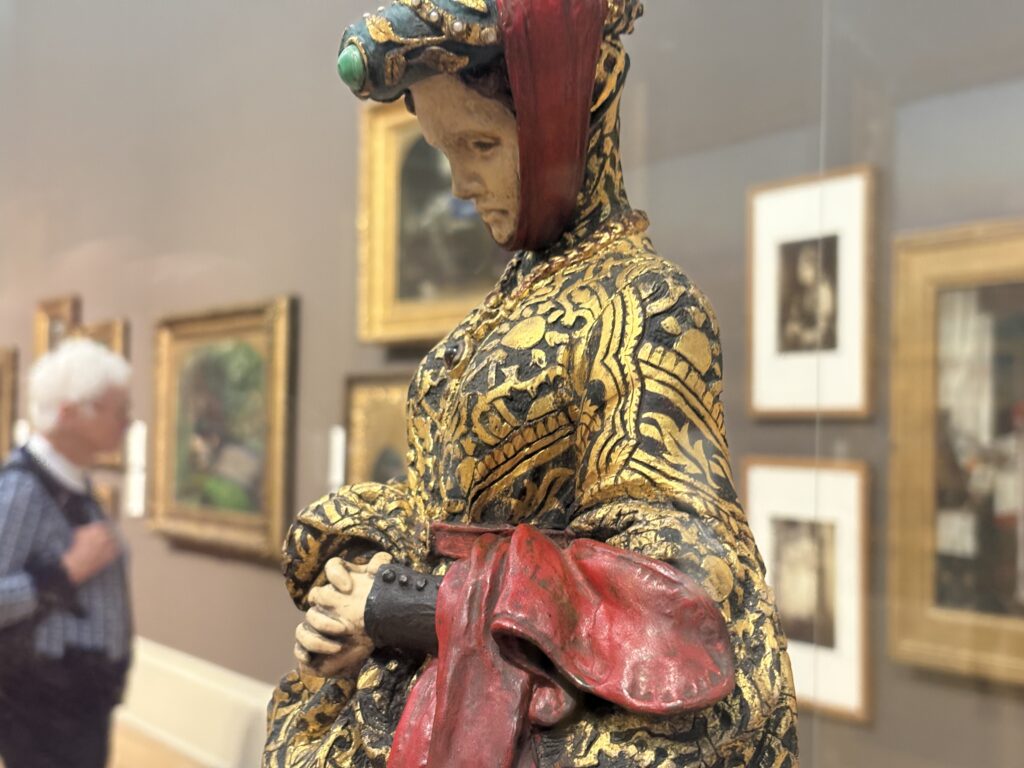
The point is not to master a timeline but to join a lineage of looking, a lineage of people who believed beauty was worth paying attention to.
Art meets you exactly where you are, there’s no pretense and no prerequisites. And if you allow it to linger with you, it will shape you in subtle ways, that may only whisper their presence years later.
“The first step in any encounter with art is to do nothing, to just watch, giving your eye a chance to absorb all that’s there. We shouldn’t think “This is good,” or “This is bad,” or “This is a Baroque picture which means X, Y, Z.” Ideally, for the first minute we shouldn’t think at all. Art needs time to perform its work on us.” Patrick Bringley, All the Beauty in the World: The Metropolitan Museum of Art and Me
If you’re interested in digging deeper into art here at Guggums, you may enjoy The Legacy of Millais’ Ophelia or William Holman Hunt: Visionary of Pre-Raphaelite Symbolism.

